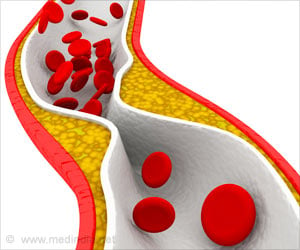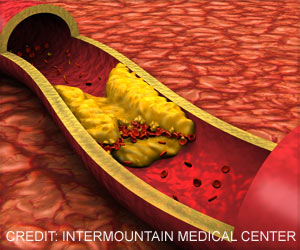E-tattoo monitors key cardiac measurements which are a major indicator of heart disease and other problems.

‘The e-tattoo provides two improvement heart measurements, the electrocardiogram, or ECG (electric signal from the heart) and the seismocardiogram, or SCG, (acoustic signal from the heart that comes from the heart valves).’





“Most heart conditions are not very obvious. The damage is being done in the background and we don’t even know it,” said Nanshu Lu, a professor in the Department of Aerospace and Engineering Mechanics and a lead author of the study. “If we can have continuous, mobile monitoring at home, then we can do early diagnosis and treatment, and if that can be done, 80% of heart disease can be prevented.” The study is published in Advanced Electronic Materials.
The Chest E-Tattoo: A Revolutionary Way to Monitor Heart Health
As a continuation of an earlier chest e-tattoo project, this new version is wireless and mobile, which is enabled by a series of small active circuits and sensors carefully arranged and linked by stretchable interconnections and conforms to the chest via a medical dressing. The clear devices are far less intrusive than other monitoring systems and more comfortable for patients.Currently, there isn’t a ready solution for long-term, comfortable monitoring outside of the clinical setting. Clinicians can run tests on patients when they visit, but they may not catch some heart issues because signs of disease are not present at that moment.
The e-tattoo weighs only 2.5 grams and runs on a battery the size of a penny. The battery has a life of more than 40 hours and can easily be changed by the user.
ECG can be measured by mobile devices such as an Apple Watch. And the SCG can be monitored via stethoscope. But there is no mobile solution that approximates a stethoscope or takes both measurements.
Advertisement
The researchers have already tested the device on five healthy patients in their day-to-day environments, with a low error rate in measurements compared with currently available monitoring options. The next step involves further testing and validating the initial results and expanding to different types of patients.
Advertisement














